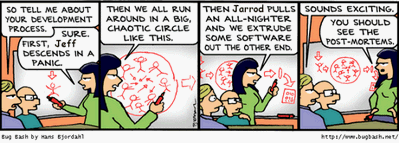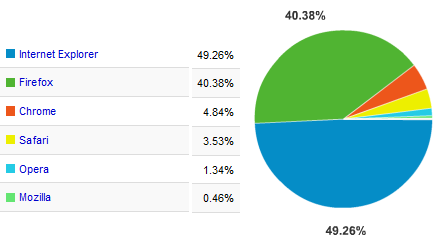Suggested reading: the first 100 days
Neal argues that when being assigned on an existing project, it can be a challenge to get up to speed and build good relationships with your project team. I completely agree with the 3 Ls of communications management: Listen, Learn, Lead.
There’s a reason why Lead is last
You can’t lead effectively if you’re ignorant. Ignorant of your project, ignorant of your team. Once you’ve built a good understanding of the project and the people, then you can choose a leadership style that fits the situation.

